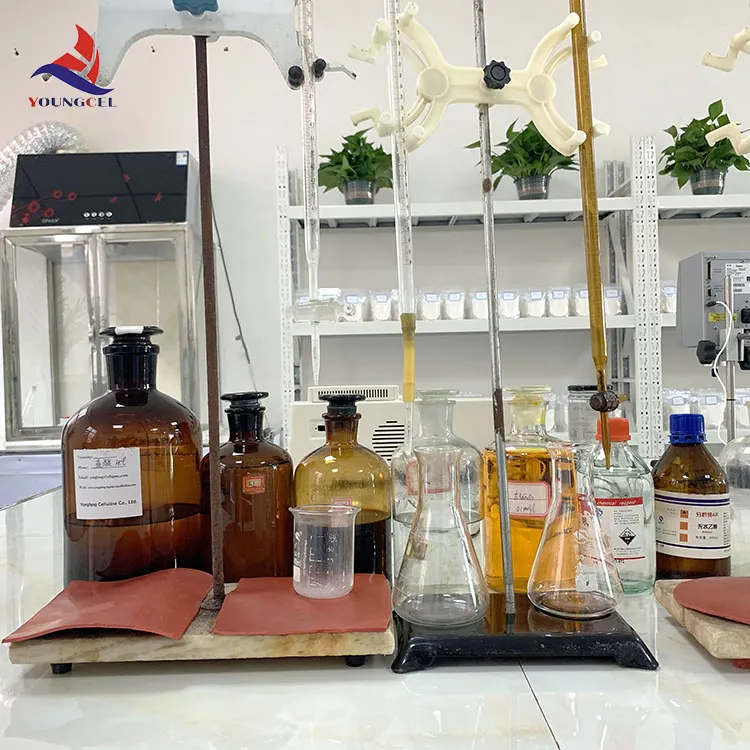Exploring the Benefits of Redispersible Polymer Adhesive Powders in Concrete Applications

In recent studies we have investigated the water retention behavior of hydroxyethyl cellulose (HEC) and carboxymethyl hydroxyethyl cellulose (CMHEC) in oil well cement, respectively. We found that the working mechanism of HEC relies on a dual effect, namely its enormous intramolecular water sorption (binding) capacity and a concentration dependent formation of hydrocolloidal associated polymer networks [23]. Contrary to this, the working mechanism of CMHEC changes with dosage. At low dosages (up to ~ 0.3% by weight of cement), adsorption presents the predominant mode of action, whereas above a certain threshold concentration (the “overlapping” concentration), formation of associated polymer networks is responsible for its effectiveness [24].
In practical construction, in the hot construction environment in summer, the water holding capacity of MHEC with the same viscosity and dosage is better than that of HPMC. Especially in the Southeast Asian countries and India, mortar will sometimes be constructed at high temperature. Cellulose ether with low gel temperature will lose its thickening and water retention at high temperature, thereby accelerating the hardening of mortar, and affects the construction.
HPMC has thickening ability, salt resistance, low ash powder, pH stability, water retention, dimensional stability, excellent film forming, and a wide range of enzyme resistance, dispersion and adhesion.